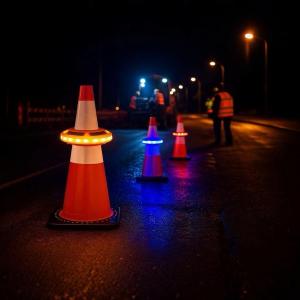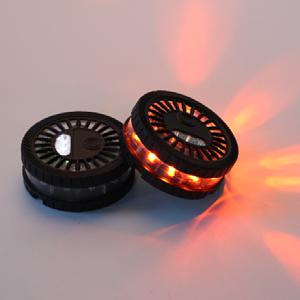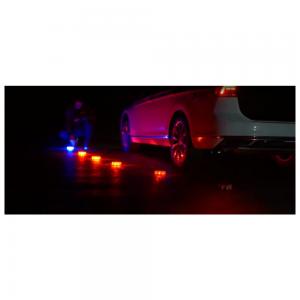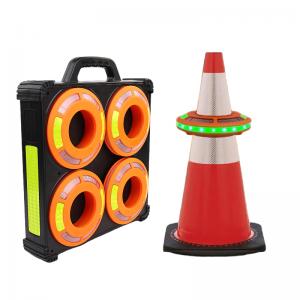360° Warning Light vs Directional Warning Light: Differences, Uses & Best Applications
360° Warning Light vs Directional Warning Light: Differences, Uses & Best Applications
In road construction, traffic management, industrial safety, and emergency response, choosing the right warning light directly affects on-site safety and efficiency.
The two most common types are:
- 360° warning lights (all-round visibility lights)
- Directional warning lights (guiding or arrow-type lights)
They serve different purposes — below is a full comparison with real examples using Traffic Cone Lights and Arrow Warning Lights.
1. What Is a 360° Warning Light?
A 360° warning light emits light in all directions, ensuring visibility from every angle. Its main purpose is overall hazard awareness, not directional guidance.
Key Features
- Visible from all 360 degrees
- Often used on cones, vehicles, or equipment
- Flashing / strobe / steady-on modes
- Ideal for marking hazard zones
Example: Traffic Cone Light
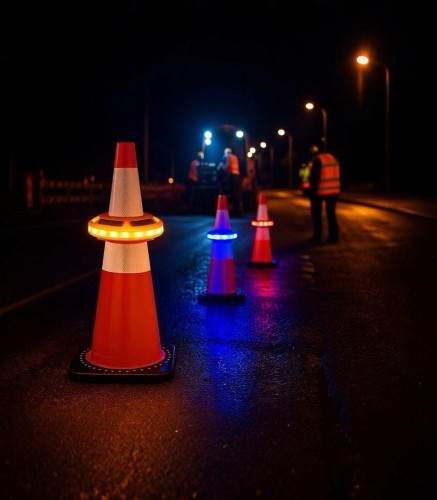
Your cone light delivers:
- 360° illumination
- USB rechargeable design
- High visibility at night
- Multiple flashing modes
Best Applications
- Road construction & lane closure
- Night-time traffic control
- Temporary work zones
- Roadside emergency parking
- Warehouses & industrial safety
- Police, fire, rescue operations
2. What Is a Directional Warning Light?
A directional warning light projects light in a specific direction. Its role is to guide vehicles or pedestrians to move left, right, or merge.
Example: Arrow Warning Light

Your arrow light offers:
- Multi-lamp synchronization
- Chasing / flash / left-right arrow modes
- One-button mode setting
- Long-range visibility (10–100 m)
Best Applications
- Lane merging & detours
- Guiding drivers left or right
- Construction bypass routes
- Parking lots, airports, logistics areas
- Accident scenes requiring direction control
- Traffic management for emergency teams
3. 360° Warning Light vs Directional Warning Light — Main Differences
✔ Function Purpose
| Type | Primary Role |
|---|---|
| 360° Warning Light | General hazard awareness |
| Directional Warning Light | Provides direction: left / right / merge |
✔ Light Coverage
- 360° Warning Light → full-angle illumination
- Directional Light → forward-focused beam
✔ Information Delivered
- 360° Light → “There is a hazard here.”
- Directional Light → “Move this way to avoid the hazard.”
✔ Application Scenarios
- 360° → construction zones, danger marking
- Directional → lane guidance, detours
4. How to Choose?
| Situation | Recommended Light |
|---|---|
| Need visibility from all directions? | 360° Warning Light / Cone Light |
| Need to guide traffic left or right? | Arrow Light / Directional Light |
| Full lane closure or diversion? | Use both |
| Night-time construction / emergency? | Use both for maximum safety |
5. Why Use Both Lights Together?
The safest traffic setup combines both:
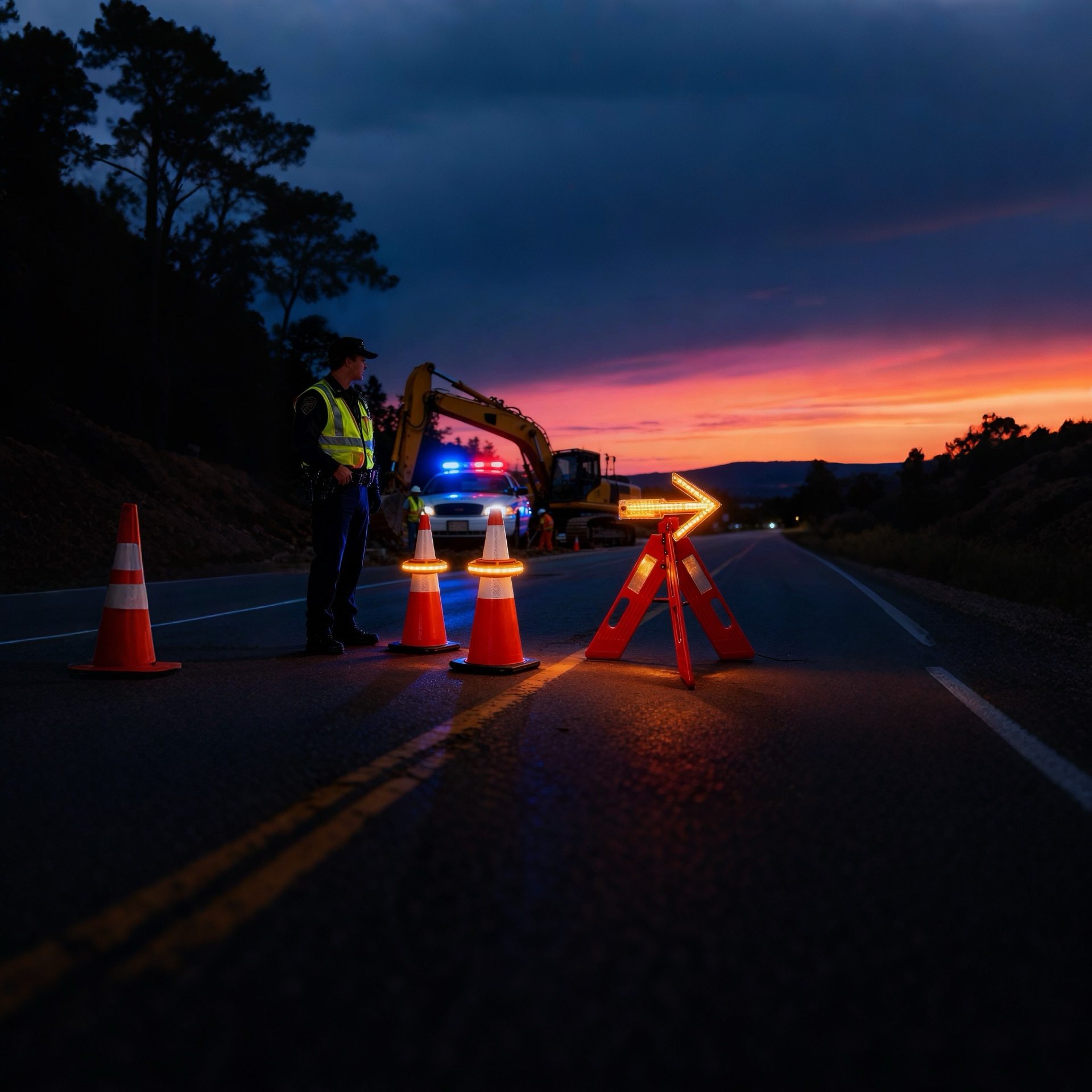
① 360° Warning Light → Creates a safety zone
Alerts drivers that work, hazards, or obstacles are ahead.
② Arrow Warning Light → Provides movement direction
Tells drivers exactly where to go.
Example setup:
Traffic cone lights mark the boundary → Arrow light gives the detour direction.
This combination improves visibility, reduces confusion, and enhances road safety.
Conclusion
360° Warning Light / Traffic Cone Light → Best for hazard visibility
Directional Warning Light / Arrow Light → Best for directional guidance
Using both together ensures maximum safety in construction zones, emergency scenes, nighttime operations, and professional traffic control.


